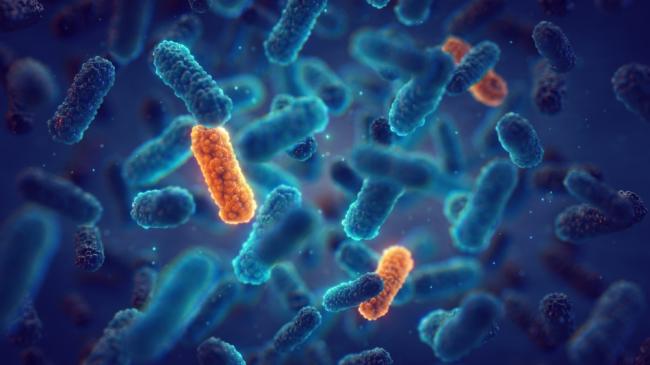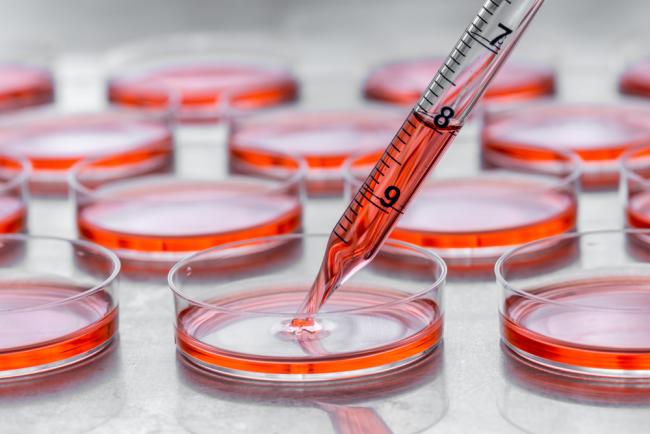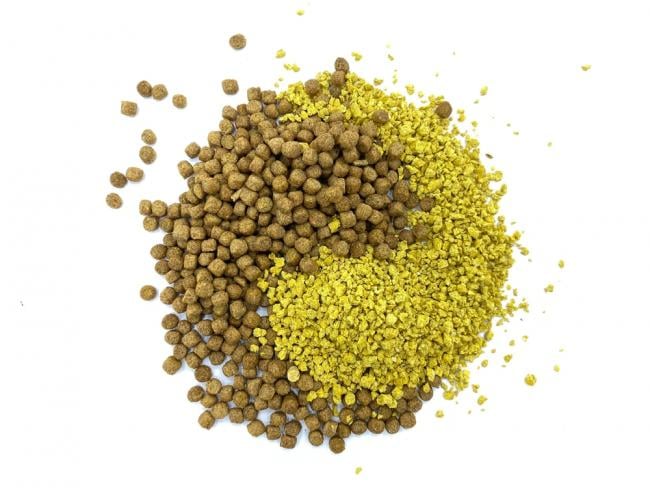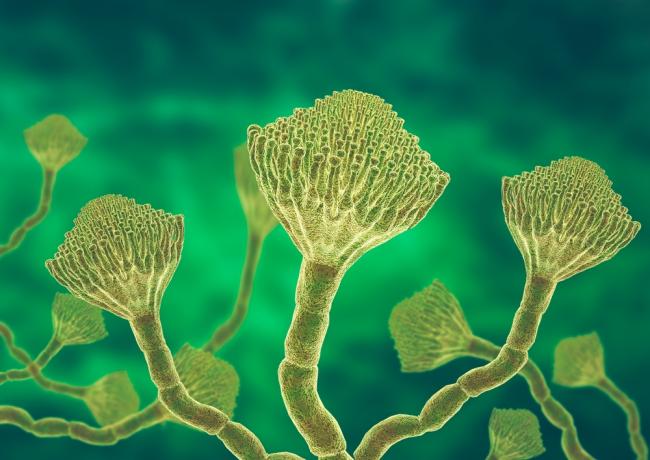Trichothecenes are groups of chemically related mycotoxin compounds produced by diverse filamentous fungal species such as Fusarium, Myrothecium, Stachybotrys, Trichoderma, Trichothecium and Spicellum. They pose a significant threat to human, animal and even plant health.
Fusarium mold is a major plant pathogen, particularly of cereal grains, and produces a number of Trichothecene mycotoxins including Deoxynivalenol (DON), Nivalenol, T-2 toxin, HT-2 toxin, and Diacetoxyscirpenol (DAS). Among them, T-2 toxin and Deoxynivalenol (DON) have attracted the most attention because of their extensive pollution and strong toxicity.
Trichothecenes toxins can contaminate agricultural products before harvest and during storage. They are commonly found in cereals, particularly in wheat, barley, oats and maize. Toxicity varies according to their group and structure: hemorrhaging, diarrhea, emesis, leucopenia, immunosuppression, decreased reproductive capacity, bone marrow damage, and radiomimetic injury to tissues, are the toxicological effect of trichothecenes in animals and human. In plants, they can cause chlorosis, inhibition of root elongation and dwarfism, and act as a virulent factor in wheat head scab.
Despite the fact that many trichothecenes are of concern in agriculture, food contamination and health care, the macrocyclic strains have recently become the research hotspot due to their structural diversity and biological activity. Several researchers have declared that macrocyclic trichothecenes have great potential for development as anti-tumor agents.
Fermentek's Trichothecene Products
Fermentek offers various Trichothecenes that can be used as standard reference material during validation and for research purposes. Some of the Trichothecenes available from the company are: Deoxynivalenol (DON), 3-Acetyl DON, 15-Acetyl DON, Fusarenon X, HT-2 toxin, Neosolaniol, Nivalenol, Diacetoxyscirpenol (DAS), 15-Acetoxyscirpenol, T2 Toxin Tetraol, T-2 toxin and T2 Toxin Triol. These toxins are produced as an exceptionally pure solution or as a solid crystalline substance.
Related products: Standard solution of Deoxynivalenol (DON), Standard solution of 3-Acetyl DON, Standard solution of 15-Acetyl DON, Standard solution of Fusarenon X, Standard solution of HT-2 toxin, Standard solution of Neosolaniol, Standard solution of Nivalenol, Standard solution of Diacetoxyscirpenol (DAS), Standard solution of T-2 toxin, Standard solution of T2 Toxin and HT-2 Toxin Mixture.





